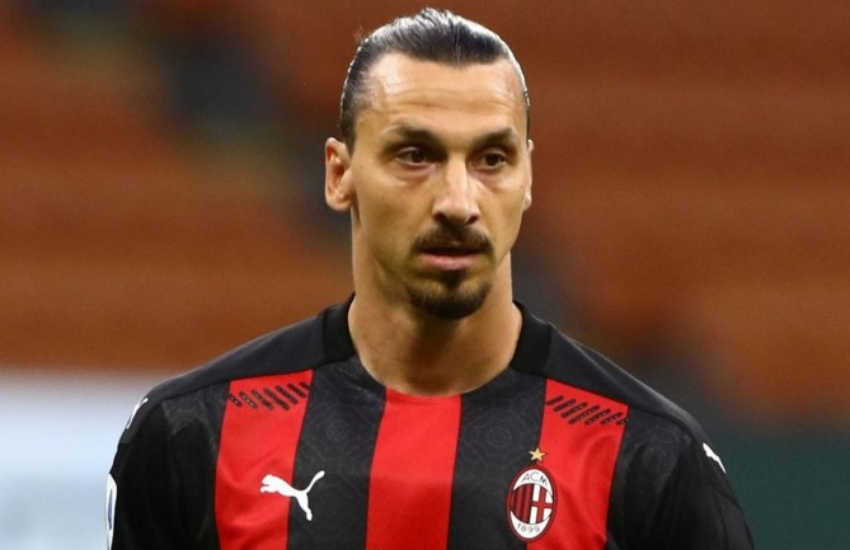Football is known for its physicality, but there is a fine line between aggression and excessive aggression. While aggression can be an asset on the pitch, certain players have struggled to control their temper, leading to detrimental consequences for their careers. The following are some of the most aggressive football players in history and how their inability to manage their aggression ultimately hindered their success.
Roy Keane:
Roy Keane, a former Manchester United captain, was renowned for his fierce competitiveness and aggressive playing style. While his passion and commitment made him a force to be reckoned with, his inability to rein in his aggression led to numerous disciplinary issues.
Keane’s infamous clash with Alf-Inge Håland in 2001 resulted in a career-threatening injury for the Norwegian player and a long suspension for Keane. This incident, among others, tarnished Keane’s legacy and limited his opportunities to showcase his true talent on the field.
Mario Balotelli:
He burst onto the football scene with immense talent and potential. However, his career has been plagued by moments of extreme aggression and indiscipline. Balotelli’s volatile temperament often overshadowed his skills, resulting in numerous red cards, on-field altercations, and off-field controversies.
Despite occasional glimpses of brilliance, his inability to control his aggression has hampered his career progression and limited his opportunities at top-tier clubs.
Marco Materazzi:
An Italian defender gained infamy for his aggressive playing style and confrontational demeanor. While he was a key figure in Italy’s 2006 World Cup triumph, Materazzi’s aggressive tendencies often overshadowed his defensive prowess.
His most notorious moment came in the 2006 World Cup final when he provoked Zinedine Zidane, resulting in the Frenchman’s infamous headbutt. Materazzi’s reputation as an aggressive player preceded him, which limited his chances of securing long-term contracts and cementing his legacy beyond that infamous incident.
Luis Suárez:
He is widely regarded as one of the most talented and prolific strikers of his generation. However, his career has been marred by several incidents of excessive aggression, particularly biting opponents.
These actions resulted in severe disciplinary measures, including lengthy suspensions. While Suárez’s aggressive nature propelled him to great heights on the pitch, his inability to control his impulses has led to tarnished reputations and missed opportunities to reach even greater heights in his career.
Joey Barton:
A former English midfielder, was known for his combative playing style and fiery personality. However, his aggression often spilled over into off-field incidents and altercations. Barton’s inability to control his temper resulted in frequent suspensions, fines, and damaged relationships with teammates and managers.
Despite displaying flashes of brilliance, Barton’s career was hindered by his inability to harness his aggression and channel it positively on and off the field.
Nigel de Jong:
The Dutch midfielder gained a reputation for his aggressive playing style during his time with Manchester City and the Dutch national team. Known for his tough tackling and physical presence, de Jong was involved in a highly controversial incident during the 2010 FIFA World Cup final. He executed a high, reckless challenge on Xabi Alonso, leading to widespread condemnation and calls for his expulsion from the match.
The incident not only impacted de Jong’s career but also brought attention to the physicality of the game and the potential risks associated with it. The incident also sparked debates among sports bettors and analysts, as it highlighted the unpredictability of matches and the influence that player behavior can have on the outcome of games.
Sports betting enthusiasts were forced to consider factors beyond pure statistics and team form, taking into account the aggressive nature of certain players and their impact on the overall dynamics of a match.
Ending:
In a game that requires a balance of skill, aggression, and discipline, the cases of these five players serve as cautionary tales. Their inability to rein in their aggression not only hindered their individual careers but also had a lasting impact on their teams and the sport itself. These players remind us that while aggression can be a valuable asset, it must be harnessed and controlled to avoid destructive consequences.


